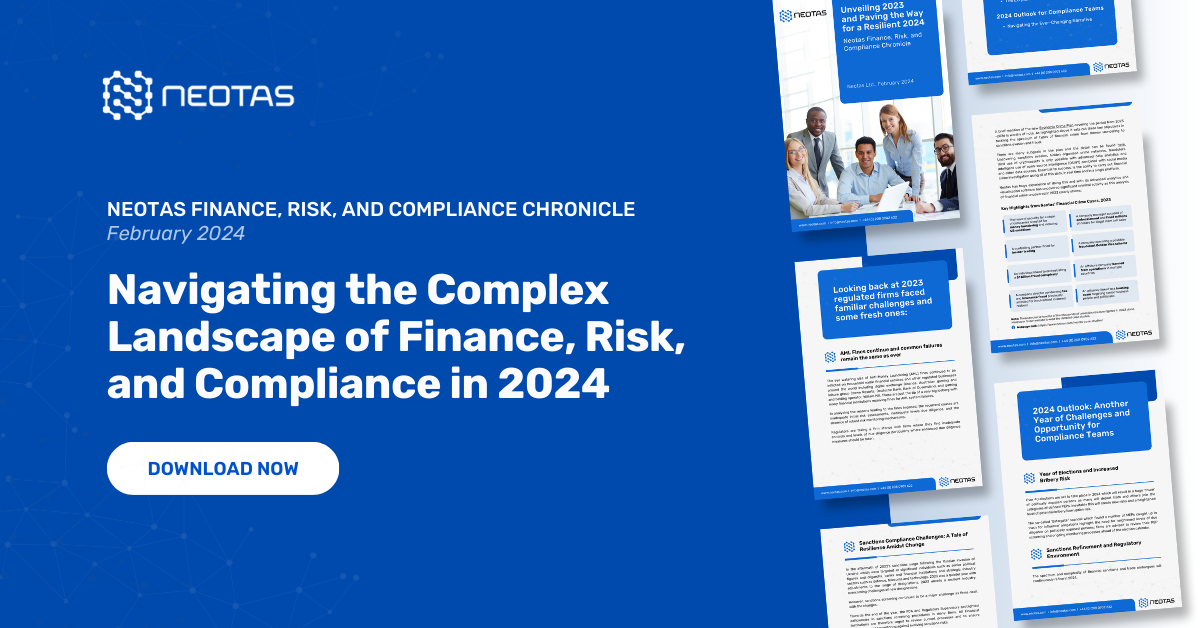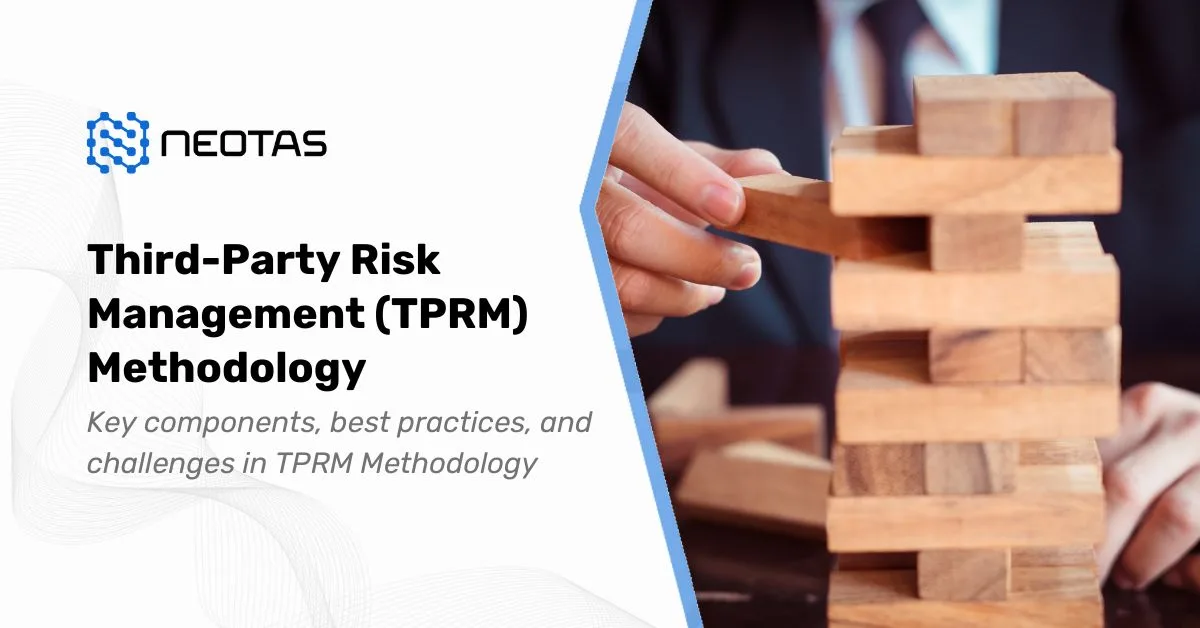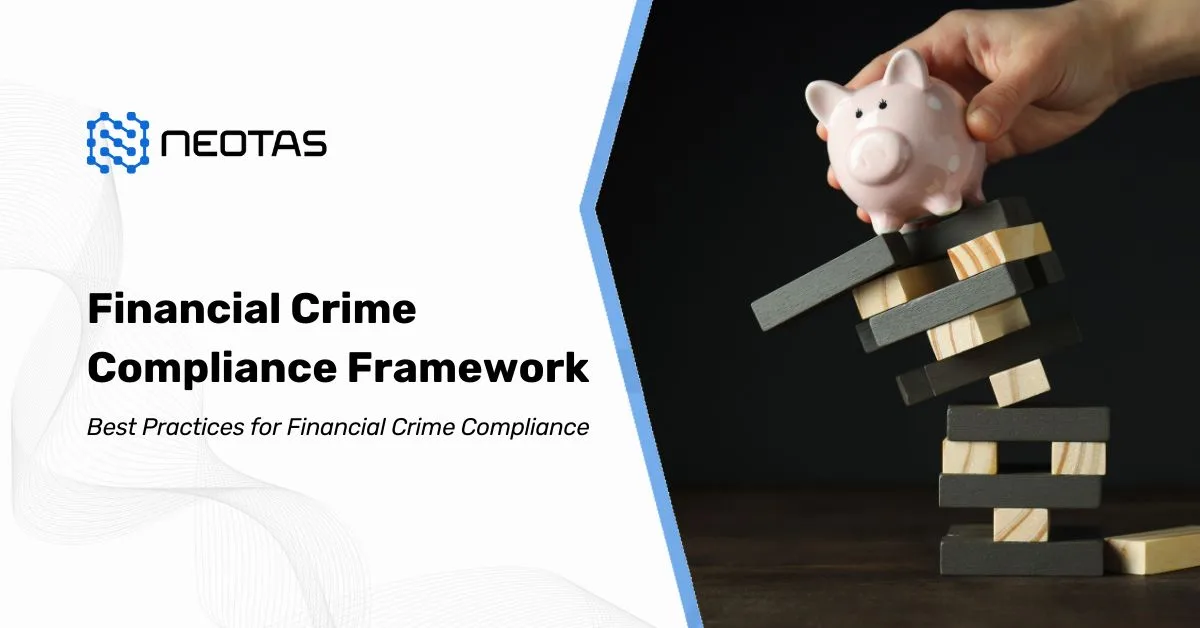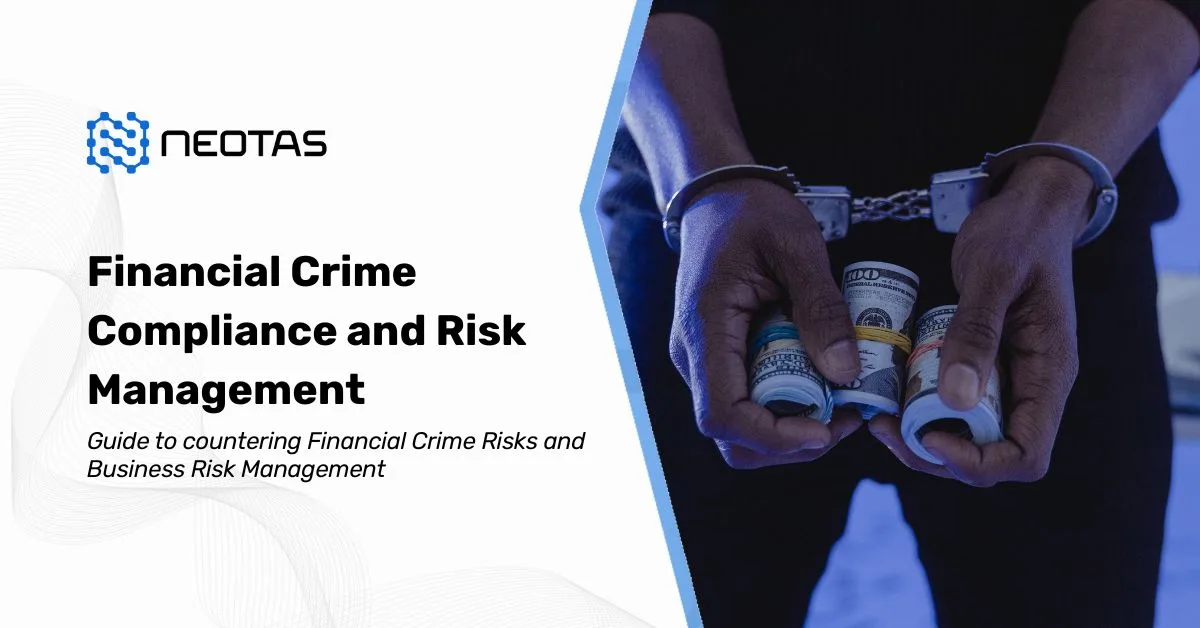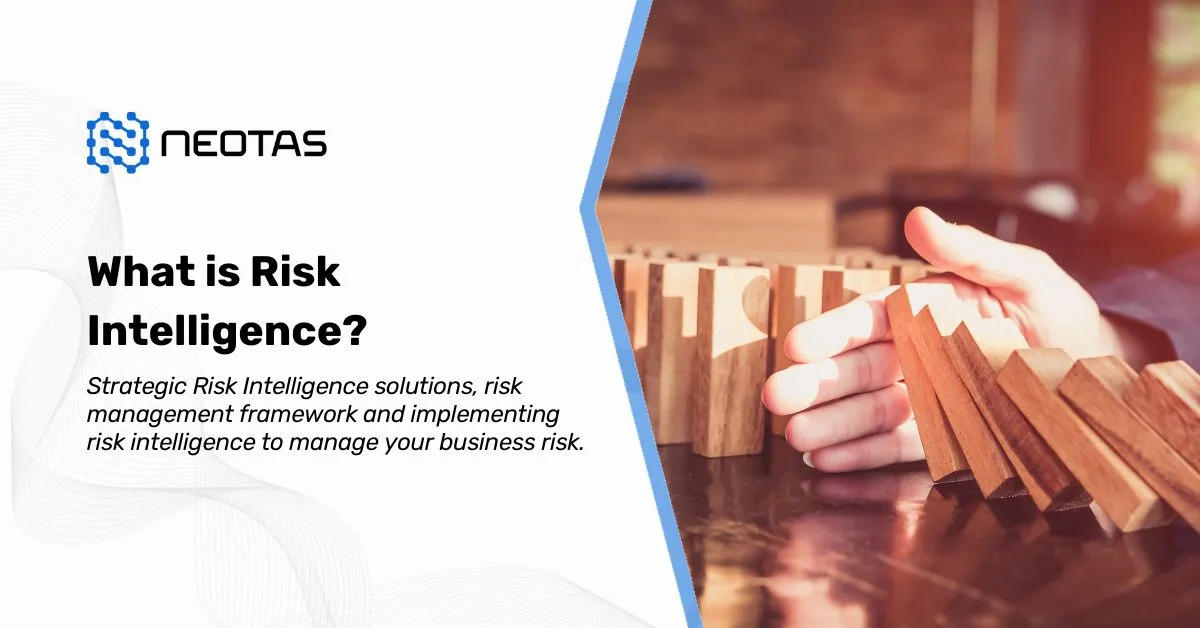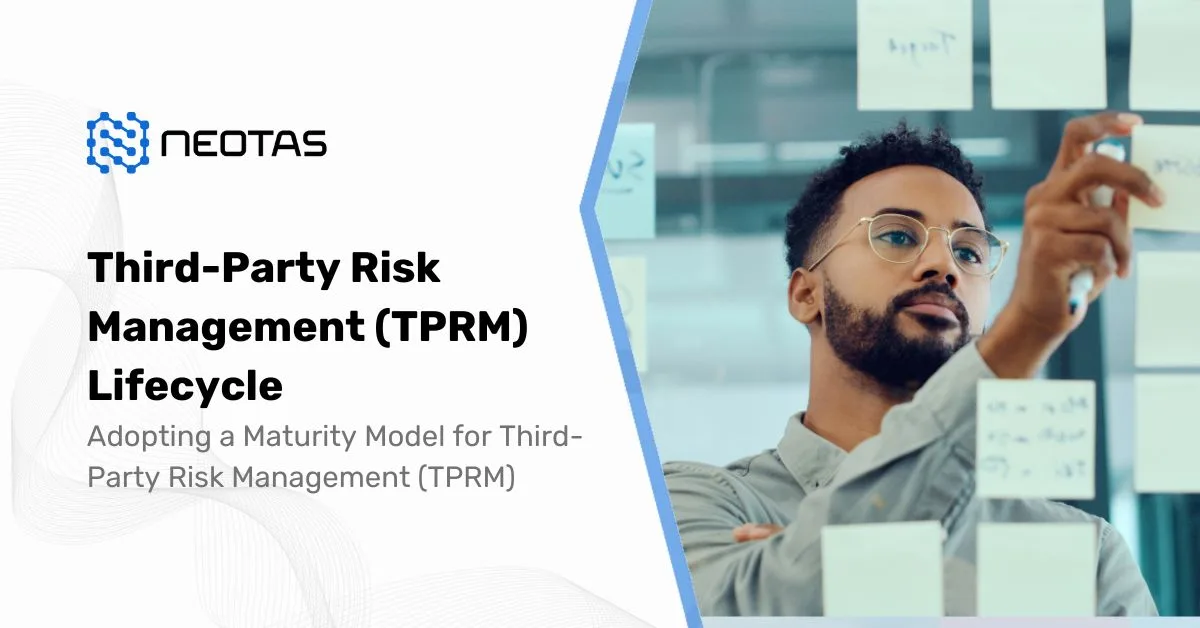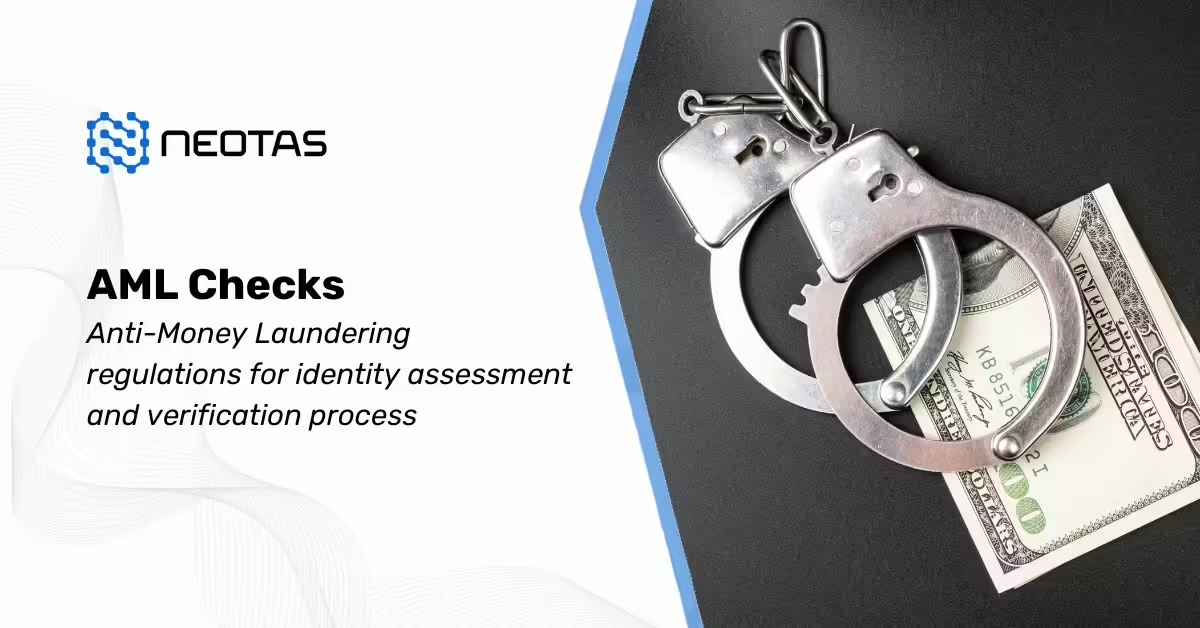Open Source Investigation Best Practices
Your ultimate guide to OSINT investigations! Learn techniques, tools, and best practices for gathering actionable intelligence ethically and effectively.
In the digital era, Open Source Intelligence (OSINT) has become an indispensable tool across sectors like cybersecurity, law enforcement, corporate security, journalism, and competitive intelligence. With vast amounts of information freely available online, OSINT provides a cost-effective and powerful way to collect actionable insights. However, as the volume of data continues to grow and technology advances, conducting thorough and effective OSINT investigations requires a structured approach, the right tools, and adherence to legal and ethical guidelines.
This comprehensive guide will walk you through everything you need to know about OSINT investigations in 2025. Whether you’re a beginner or an experienced analyst, this actionable, user-friendly guide will cover the latest techniques, tools, and best practices to help you conduct high-quality investigations efficiently.
What is OSINT Investigation?
Open Source Intelligence (OSINT) investigation involves collecting, analysing, and utilising information from publicly available sources to gain intelligence. It is widely used in areas such as:
- Cybersecurity: Monitoring threat actors and vulnerabilities.
- Law Enforcement: Tracking criminals, gathering evidence, and profiling suspects.
- Corporate Security: Conducting background checks and competitive analysis.
- Journalism: Fact-checking and uncovering hidden stories.
Sources of OSINT
OSINT investigations draw from a wide range of publicly accessible information sources, including:
| Source | Examples |
|---|---|
| Internet Resources | Websites, blogs, forums, news articles, and search engines. |
| Social Media | Facebook, Twitter, LinkedIn, and Instagram. |
| Public Records | Government filings, patents, legal documents, and financial statements. |
| Geospatial Data | Satellite imagery, maps, geolocation tools. |
| Media | Broadcasts, newspapers, and online news portals. |
| Academic Publications | Research papers, theses, and scholarly articles. |
Applications of OSINT
OSINT has broad applications across different sectors, including:
- Cybersecurity: Identifying potential threats, vulnerabilities, and threat actors by monitoring online activity and forums.
- Law Enforcement: Tracking criminal activities, locating suspects, and gathering evidence from public sources.
- Corporate Security: Conducting background checks, competitive analysis, and market research.
- National Security: Monitoring geopolitical developments, terrorist activities, and foreign military movements.
- Research and Journalism: Verifying facts, sourcing information, and uncovering stories.
Advantages and Challenges
Advantages:
- Cost-effective: Utilises publicly available data, reducing the need for expensive proprietary information.
- Legal and Ethical: Relies on information that is legally accessible without requiring special permissions.
Challenges:
- Data Overload: Managing and filtering the vast amount of available data can be overwhelming.
- Reliability and Accuracy: Ensuring the credibility and accuracy of information from diverse sources can be challenging.
- Privacy Concerns: Balancing intelligence gathering with respect for individuals’ privacy rights.
OSINT investigation is a crucial tool in the modern intelligence landscape, providing valuable insights from publicly available data. Its effectiveness depends on the investigator’s ability to systematically collect, analyse, and interpre.
OSINT Investigation process
To ensure consistency and accuracy, OSINT investigations follow a systematic process:
1. Define Objectives
Start by clearly defining what you aim to achieve. Examples include:
- Identifying vulnerabilities in a network.
- Tracing the digital footprint of a suspect.
- Gathering competitive intelligence for a corporate report.
2. Identify Sources
Determine which data sources are most relevant to your objectives:
- Use Shodan for IoT device data.
- Employ LinkedIn for professional profiling.
- Leverage Google Dorks for advanced search queries.
3. Develop a Collection Plan
Create a structured plan that outlines:
- The tools and techniques you’ll use (e.g., web scraping, social media monitoring).
- Key search terms, keywords, and filters.
- A timeline for data collection.
4. Collect Data
Gather data using tools like:
- Maltego for relationship mapping.
- theHarvester for email and domain discovery.
- SpiderFoot for automated reconnaissance.
5. Verify and Validate Data
To ensure accuracy:
- Cross-reference findings across multiple sources.
- Look for corroboration in credible publications or databases.
- Use metadata tools like ExifTool to validate digital assets.
6. Analyse Data
Identify patterns, trends, and relationships that align with your objectives. For example:
- Use Maltego to visualise connections.
- Perform sentiment analysis on social media posts with tools like Brandwatch.
7. Compile a Report
Organise findings into a clear, actionable format. Include:
- The methodology used.
- Visualisations such as graphs or network maps.
- Conclusions and recommendations.
8. Ensure Compliance
Adhere to legal and ethical guidelines to avoid breaching privacy laws or ethical standards.
Open Source Investigation Best Practices in 2025
In 2025, Open Source Intelligence (OSINT) investigations remain crucial for a diverse range of entities and individuals requiring actionable intelligence derived from publicly available sources. From government agencies and law enforcement to private corporations, security firms, journalists, and even individual researchers, the need for OSINT investigations spans across various sectors. These stakeholders rely on OSINT to uncover valuable insights, identify potential risks, track trends, conduct due diligence, and mitigate threats effectively. In an era defined by information abundance and digital interconnectedness, mastering OSINT investigation techniques is indispensable for anyone seeking to navigate today’s complex landscape and make informed decisions.
Data Collection and Preservation in OSINT Investigation
- Tool Selection: Research and select appropriate tools based on the nature of your investigation and the types of online sources you’ll be accessing.
- Training: Provide training to team members on how to use selected tools effectively for data collection and preservation.
- Regular Backup: Establish a regular backup schedule to ensure that collected data is securely stored and accessible when needed.
- Metadata Management: Implement a system for managing metadata and forensic artifacts, including proper documentation and storage protocols.
Source Evaluation in OSINT Investigation
- Source Assessment Checklist: Develop a checklist or framework for evaluating the credibility and bias of sources, including criteria such as reputation, expertise, and potential conflicts of interest.
- Peer Review: Incorporate peer review processes to validate the reliability of sources and findings before drawing conclusions.
- Red Flags Identification: Create a list of red flags or warning signs that indicate potential misinformation or manipulation, and train team members to recognise and address them.
Social Media Analysis in OSINT Investigation
- Platform Monitoring Plan: Develop a plan for monitoring relevant social media platforms, including specific keywords, hashtags, and accounts to track.
- Advanced Search Training: Provide training on advanced search techniques and data mining tools to enhance the effectiveness of social media analysis.
- Fake Account Detection: Implement strategies and tools for detecting fake accounts and coordinated activity, such as bot detection algorithms and behavioural analysis techniques.
Geospatial Intelligence in OSINT Investigation
- Geospatial Data Access: Ensure access to relevant geospatial data sources, such as satellite imagery databases and mapping APIs.
- GIS Training: Provide training on geographic information systems (GIS) software and techniques for analysing and visualising geospatial data.
- Geolocation Verification: Establish protocols for verifying the accuracy of geolocation data obtained from online sources, including cross-referencing multiple sources and consulting with experts if necessary.
Network Analysis in OSINT Investigation
- Network Mapping Tools: Select and implement network mapping tools that are suitable for visualising and analysing complex relationships and connections.
- Data Integration: Integrate data from various sources, such as social media, financial records, and communication logs, to create comprehensive network maps.
- Interpretation Guidelines: Develop guidelines and training materials for interpreting network analysis results, including common patterns and indicators of significance.
Privacy and Ethics in OSINT Investigation
Key Ethical Considerations
- Consent: Avoid collecting private information without explicit permission.
- Transparency: Maintain clear documentation of your methods and sources.
- Minimisation: Collect only the data necessary for the investigation.
Legal Compliance
- Understand regional laws like GDPR in the UK or CCPA in the US.
- Avoid scraping platforms that explicitly prohibit it in their terms of service.
By following this practical guide, your team can effectively implement best practices in open source investigations and enhance the quality and integrity of your findings.
OSINT investigations are more crucial than ever in the modern landscape, where digital information flows incessantly. By following the best practices, leveraging the right tools, and adhering to ethical and legal standards, investigators can navigate this complex field with precision and integrity.
Whether you’re new to OSINT or an experienced professional, this guide serves as a robust resource to enhance your investigative capabilities in 2025 and beyond.
Manage Business Risk with OSINT.
Neotas is an Enhanced Due Diligence Platform that leverages AI to join the dots between Corporate Records, Adverse Media and Open Source Intelligence (OSINT).
Schedule a Call or Book a Demo of Neotas Enhanced Due Diligence Platform.
Read More about Open Source Intelligence:
- OSINT Framework, OSINT Tools, OSINT Techniques, and how to use OSINT framework.
- Open Source Intelligence (OSINT) in the Fight Against Financial Crime
- Reduce & Manage Business Risk with Neotas Open Source Intelligence (OSINT) Solutions
- Using OSINT for Sources of Wealth Checks
- Open Source Intelligence (OSINT) based AML Solution sees beneath the surface
- Enhancing ESG Risk Management Framework with Neotas’ OSINT Integration
- How Open Source Intelligence (OSINT) is transforming enhanced due diligence and investigations in AML compliance
- Detecting Modern Slavery In Your Supply Chain using Open-source Intelligence
- Creating an effective framework for managing risk with suppliers and third parties using open-source intelligence (OSINT)
- Using Open Source Intelligence For Enhanced Due Diligence
FAQs on OSINT Investigation
Open Source Investigation Techniques
OSINT (Open Source Intelligence) investigation involves collecting, analysing, and utilising publicly accessible information to gather intelligence. This can include data from websites, social media, public records, news articles, and more. OSINT is used in various fields such as cybersecurity, law enforcement, and corporate security to uncover relevant insights and support decision-making processes.
Open source investigation techniques involve methods to collect and analyse publicly accessible information. Key techniques include:
- Web Scraping: Extracting data from websites using automated tools.
- Social Media Analysis: Monitoring and analysing social media platforms for information and trends.
- Geospatial Analysis: Using satellite imagery and mapping tools to gather location-based intelligence.
- Advanced Search Queries: Utilising search engines with specific queries to uncover relevant data.
- Public Records Examination: Reviewing government publications, legal documents, and other publicly available records.
- Metadata Analysis: Investigating metadata embedded in digital files for additional context.
Best Practices for OSINT
Best practices for OSINT include defining clear objectives, using reliable sources, adhering to ethical and legal standards, maintaining anonymity, and documenting and validating findings. These practices ensure the investigation is effective, credible, and compliant with legal requirements.
- Define Clear Objectives: Set specific goals for what the investigation aims to achieve.
- Use Reliable Sources: Verify the credibility of sources to ensure the accuracy of the information.
- Stay Ethical and Legal: Adhere to legal and ethical standards to avoid privacy violations and legal issues.
- Maintain Anonymity: Use techniques to protect the investigator’s identity and avoid alerting targets.
- Document and Validate Findings: Keep detailed records of sources and validate information through cross-referencing.
The 5 Steps of OSINT
- Planning and Direction: Establishing the scope, objectives, and methods of the investigation.
- Collection: Gathering data from various open sources.
- Processing: Organising and structuring the collected data.
- Analysis: Interpreting the data to generate meaningful intelligence.
- Dissemination: Sharing the findings with relevant stakeholders.
Starting an OSINT Investigation
To start an OSINT investigation, first define the objective and identify relevant sources. Next, develop a collection plan and systematically gather data. Then, analyse the data to extract valuable insights and finally, document and communicate the results to the relevant parties.
- Define the Objective: Clearly outline what you aim to achieve.
- Identify Relevant Sources: Determine which sources of information will be most useful.
- Collect Data: Use appropriate techniques to gather data from identified sources.
- Analyse Data: Examine the collected data to extract valuable insights.
- Report Findings: Document and communicate the results of your investigation.
Methods of OSINT Investigation
- Qualitative Methods: In-depth analysis of non-numerical data such as interviews and observations.
- Quantitative Methods: Statistical analysis of numerical data to identify patterns and trends.
- Mixed Methods: Combining qualitative and quantitative approaches for a comprehensive analysis.
Different Investigation Techniques
- Surveillance: Monitoring subjects to gather information on their activities.
- Interviews and Interrogations: Directly questioning individuals to obtain information.
- Forensic Analysis: Examining physical or digital evidence using scientific methods.
The 3 Pillars of OSINT
- Collection: Systematically gathering data from open sources.
- Analysis: Interpreting the data to create actionable intelligence.
- Dissemination: Sharing the intelligence with appropriate parties.
Tools Used in OSINT
- Maltego: For link analysis and data mapping.
- Shodan: For discovering internet-connected devices.
- Social Media Platforms: For monitoring and analysis.
- Web Scraping Tools: Such as BeautifulSoup or Scrapy.
- Search Engines: For advanced search queries.
First Steps in OSINT
- Define Your Objective: Determine what you need to find out.
- Identify Your Sources: Choose where you will gather information from.
- Develop a Collection Plan: Outline how you will gather the data.
Is Google an OSINT Tool?
Yes, Google can be used as an OSINT tool due to its ability to perform advanced search queries that can uncover a wealth of publicly available information.
Types of OSINT
OSINT can be categorised by the source of information, such as:
- Media Intelligence: Information from news outlets and publications.
- Social Media Intelligence: Data from social media platforms.
- Geospatial Intelligence: Information from maps and satellite imagery.
The Life Cycle of OSINT
- Planning and Direction
- Collection
- Processing
- Analysis
- Dissemination
- Feedback and Review
Does the CIA Use OSINT?
Yes, the CIA and other intelligence agencies use OSINT as part of their intelligence-gathering efforts.
Is OSINT Legal?
OSINT is legal as it involves collecting information from publicly accessible sources. However, it must be conducted ethically and within legal boundaries.
Is OSINT Digital Forensics?
OSINT and digital forensics are related but distinct fields. OSINT focuses on gathering and analysing publicly available information, while digital forensics involves the investigation of digital devices to uncover and preserve evidence.
The Two Main Types of Open Source
- Open Source Software (OSS): Software with publicly available source code that can be modified and shared.
- Open Source Intelligence (OSINT): Information gathered from publicly available sources.
Best Programming Language for OSINT
Python is often considered the best programming language for OSINT due to its powerful libraries for web scraping, data analysis, and automation.
Goals of OSINT Investigation
- Threat Identification: Recognise potential threats and vulnerabilities.
- Competitive Analysis: Gain insights into competitors’ activities.
- Situational Awareness: Maintain an understanding of relevant developments and trends.
Is OSINT Passive or Active?
OSINT is primarily passive as it involves collecting publicly available information without interacting with or alerting the target.

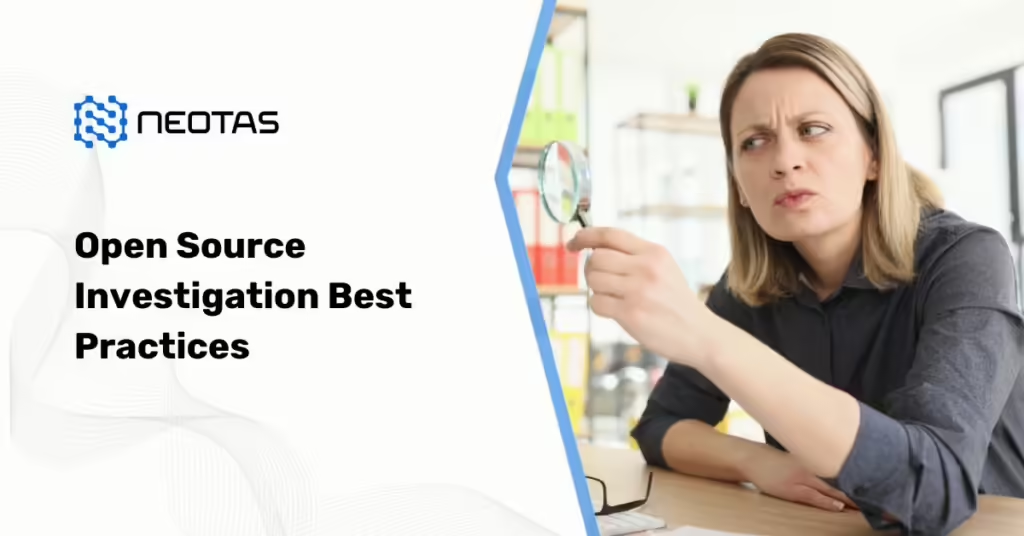

 Financial Crime Compliance Trends 2024
Financial Crime Compliance Trends 2024